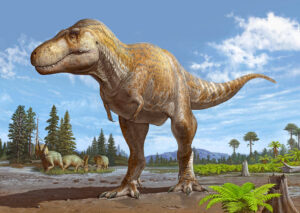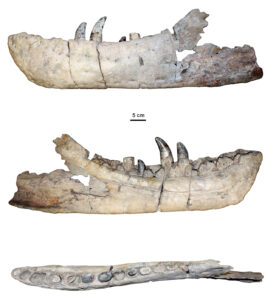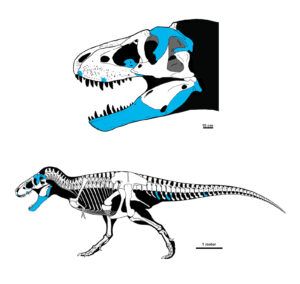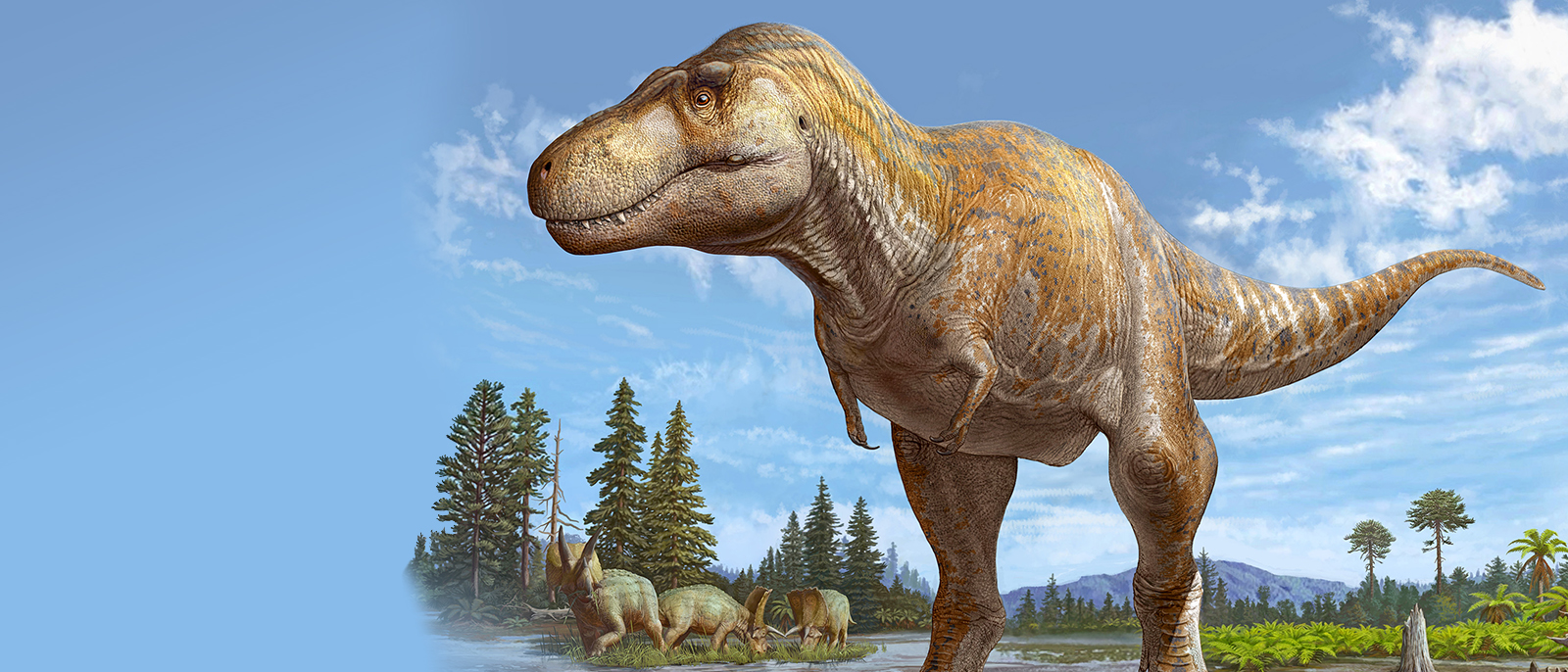HARRISBURG, PA – In a groundbreaking collaboration, a team of researchers, including Harrisburg University of Science and Technology professor, Dr. Steven Jasinski, has identified and described a new species of large predatory dinosaur closely related to the iconic Tyrannosaurus rex. This discovery, named Tyrannosaurus mcraeensis, adds an illuminating new chapter to our understanding of dinosaur evolution.

Dr. Jasinski, from HU’s Department of Environmental Science and Sustainability, joined forces with researchers from esteemed institutions across the US, Canada, and the UK, including the New Mexico Museum of Natural History and Science, the University of Utah, and the University of Bath. The findings, outlined in a recently published paper in the journal “Scientific Reports,” shed light on the unique characteristics of Tyrannosaurus mcraeensis and its significance in the Late Cretaceous period.
Tyrannosaurus mcraeensis, with a massive head and sharp teeth, emerged as a formidable bipedal carnivorous dinosaur, rivaling the size of its famous relative, T. rex. Living approximately 70 million years ago in New Mexico, this species, reaching lengths of over 35 to nearly 40 feet and weighing around 8 metric tons, existed several million years before T. rex. Its discovery reveals that T. rex forerunners existed in North America millions of years earlier than previously thought and helps fill in longstanding gaps in the evolutionary timeline of T. rex.

The fossil bones, identified as NMMNH P-3698, were initially discovered in 1984 and collected near Truth or Consequences in southern New Mexico. The specimen remained partially underwater for nearly two decades until 2002, when a drop in lake levels allowed the collection of additional fossil material.
Distinguished by features such as the shape of the postorbital bone near the eye and the distinct articulation of the lower jaw, Tyrannosaurus mcraeensis stands out from its relatives, challenging initial assumptions that it belonged to T. rex. The research team, including experts from various fields, confirmed the distinct nature of the New Mexico fossils.

Further investigation into tyrannosaurid relationships revealed that Tyrannosaurus mcraeensis belonged to an advanced group closely related to T. rex but predating it considerably. The discovery suggests a migration pattern from southern North America, providing insights into the evolution of these large predatory dinosaurs. Before this, it was not clear precisely when T. rex came to reside in northern North America, nor the form its forerunners may have taken.
Tyrannosaurus mcraeensis coexisted with distinct fauna near the Campanian-Maastrichtian boundary in southern New Mexico, including duck-billed dinosaurs, sauropods, and the recently named horned dinosaur Sierraceratops turneri. The findings contribute to a growing understanding of the diverse Late Cretaceous dinosaur fauna in North America.
Dr. Steven Jasinski expressed enthusiasm for the ongoing exploration, stating, “As we continue to explore these areas, collect more fossils, and study those already in museum collections, our understanding of the diversity of the dinosaur fauna of North America, particularly in the Late Cretaceous, will continue to grow.”
Jasinski has also been a member of other research teams that have recently named and described new species of horned dinosaur, including Menefeeceratops sealeyi, Sierraceratops turneri, and Bisticeratops froeseorum.
Tyrannosaurus mcraeensis joins the ranks of these recently discovered dinosaur species, marking a surge in paleontological revelations from North America. The study’s paper, describing the findings in detail, can be accessed here.
